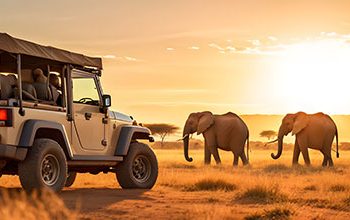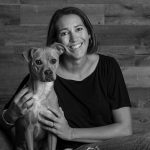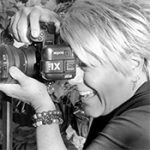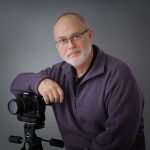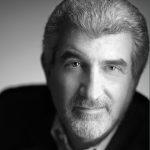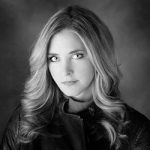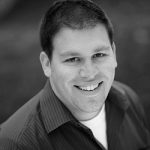“Inverted” was taken from the Fort Worth Camera Photo Pit near show center at the 2021 Fort Worth Alliance Air Show. The pilots are doing their signature Double Farvel maneuver, a diamond formation low level pass with the #1 and #4 jets inverted. It was a perfect day for an airshow with just enough clouds to provide some contrast against the blue sky but not enough to dampen the natural light reflecting off the planes.
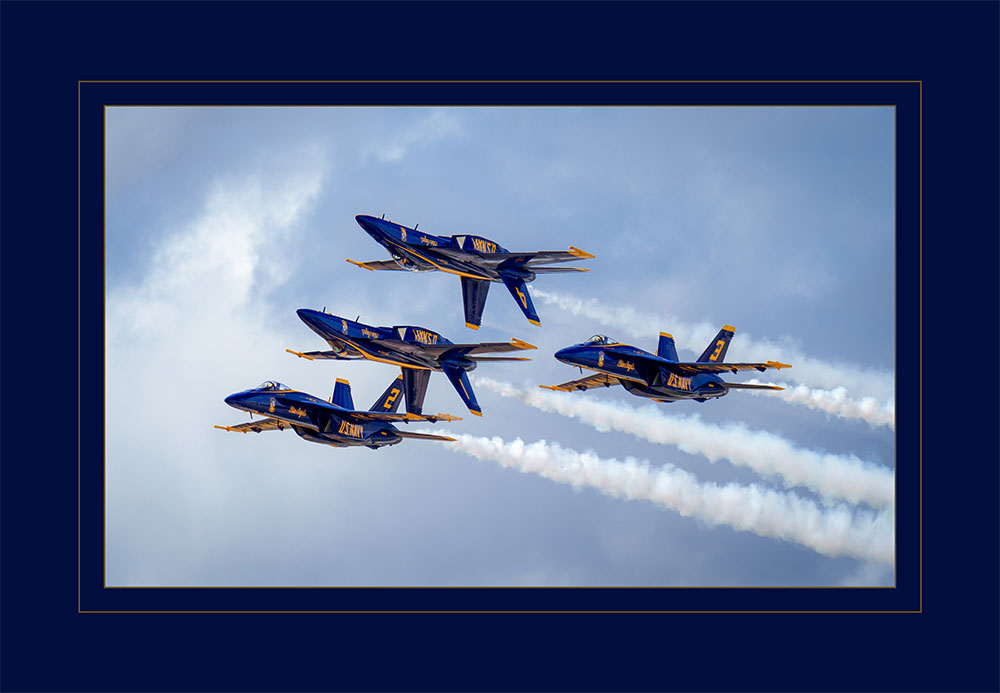
My primary passion is wildlife and animal photography, so I’ve become very comfortable shooting fast, and sometimes unpredictable, action. The only difference between an airshow event and a safari is how fast things happen. Obviously, an F/A-18 at 400 knots moves a lot quicker than an elephant but the core skills are the same. Set the camera up for the conditions, be very aware of what’s happening around you, and just keep shooting.
“Fast AF-C (continuous auto focus), high shutter speeds and subject tracking are most definitely your friends at an airshow.”
Chandra Brooks
Fast AF-C (continuous auto focus), high shutter speeds and subject tracking are most definitely your friends at an airshow. To freeze fast moving action a good rule of thumb is shutter speed of at least 1/1000. Since my primary concern at the airshow was keeping that shutter speed up, and my lens is fast and exceptionally sharp even wide open – I opted to shoot shutter priority mode with auto ISO to focus on the shutter speed. “Inverted” was shot with a shutter speed of 1/2000, f4.0 and ISO100.
Another key tip for shooting an airshow is understanding how your camera setup interacts with the movement of the planes. The planes tend to move very quickly from side to side along the show line with some vertical maneuvers such as loops. Given how fast a demonstration jet flies and that you may want a longer lens to get close up images, you need to spot the planes and start tracking them well before they reach the show line.
If you wait until they are close, they will be out of the frame before you set up the shot. It also helps to have a spotter looking for the planes and pointing them out to you. I’ve got an extra special spotter, my husband Gregg, who is a pilot and my strongest supporter.
For a dynamic composition, try and leave some room in front of the planes for them to “fly into.” This helps accentuate the sense of movement as the planes have somewhere to go. As an example, if the planes are moving from right to left in front of you then set the image up in the right-hand side of your composition. You can always crop in later if needed.
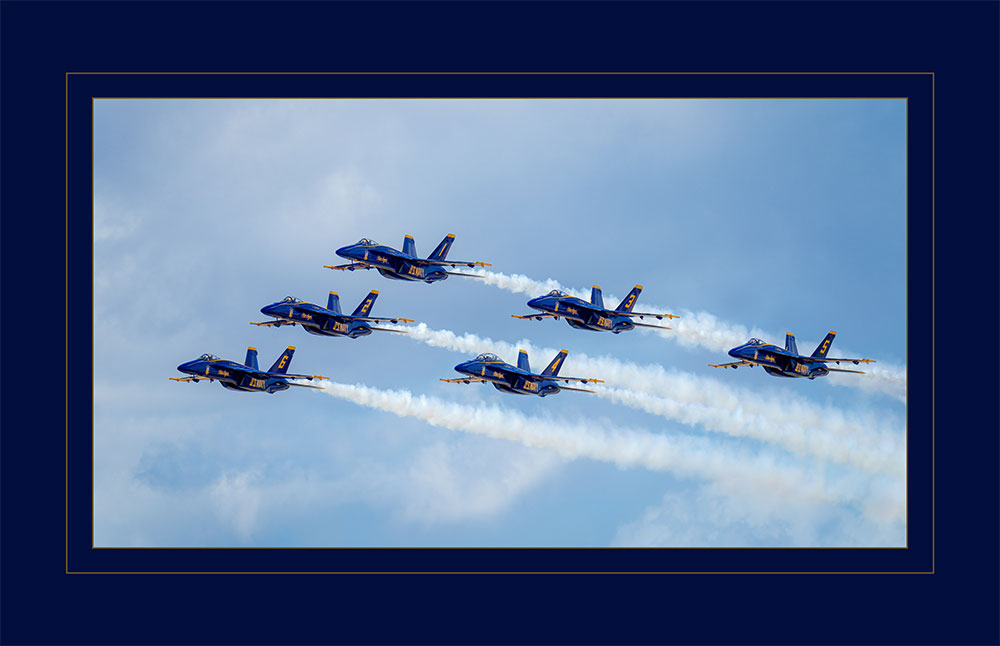
My final tip for shooting an airshow is trying to learn about what the planes and pilots will be doing ahead of time to help you look for composition elements and specific aerial maneuvers. For example, knowing the Blue Angel pilots are always positioning themselves off the #1 (“aka Boss”), I was able to capture a few images showing the other pilots very clearly looking at the #1 jet as opposed to looking straight ahead.
I love this image because it was part of my very first (what was then) IPC submission package and it really demonstrates something that many of us are trying to achieve. Everyone can take pictures, many people can take good pictures, but we all are striving to achieve a level of precision and perfection that makes an image award-worthy. These pilots use the same skills as any tactical jet pilot, just with a level of precision and skill that is simply inspiring.
Gear used to capture these images – Sony A1 paired with the Sony 400mm F2.8 GM lens


